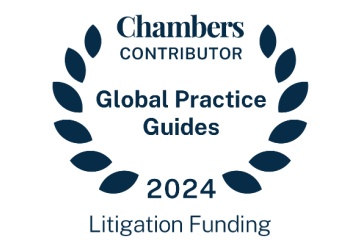
EXPERIENCE COUNTS
When it comes to disputes finance, experience counts. With a proven track record of success, LCM have been providing disputes finance solutions since 1998. As one of the first disputes finance companies globally, our experience has been fundamental in achieving successful outcomes for our clients.
Learn More







